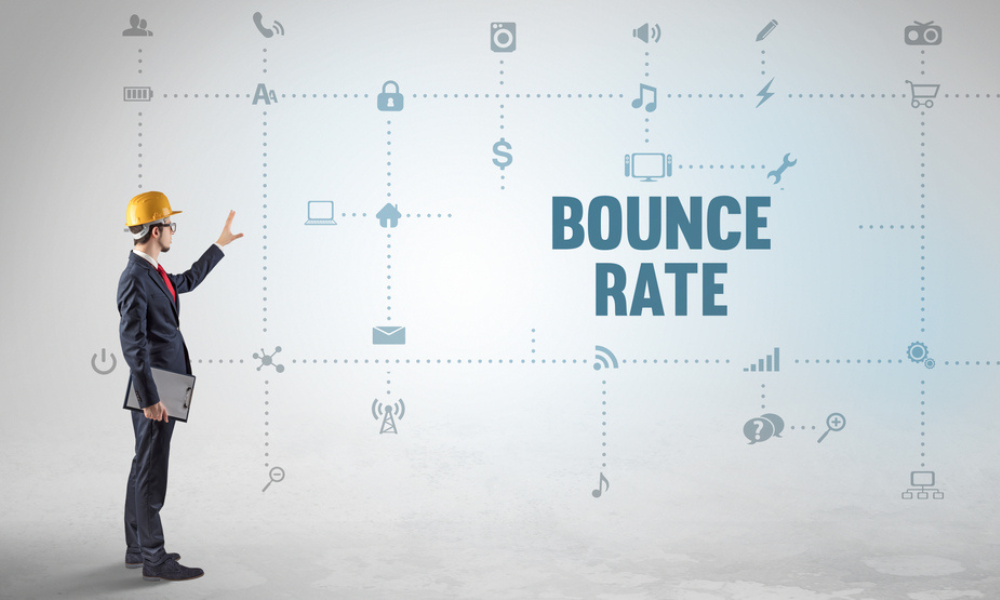As a construction industry professional, you know that every project starts with a strong foundation. The same principle applies to digital marketing. Success in the digital space is about measuring the right metrics, optimizing strategies, and adapting to new challenges. This blog explores the essential digital marketing metrics that construction companies worldwide should monitor to thrive in a competitive market.
Before diving into the details, here’s what you’ll learn:
- What digital marketing metrics are.
- Key metrics construction companies should focus on.
- Practical insights into tracking and optimizing these metrics.
- How these metrics impact your business growth.
- Why you should consider professional digital marketing services.
Understanding Digital Marketing Metrics
Digital marketing metrics are measurable data points that track the performance of your online marketing efforts. For construction companies, these metrics help assess the return on your digital investments, identify areas needing improvement, and ensure you’re effectively engaging your target audience.
Metrics differ from Key Performance Indicators (KPIs), as KPIs align directly with your business objectives. While metrics provide raw data, KPIs help evaluate your success in meeting specific goals.
Key Metrics Construction Companies Must Track
1. Return on Investment (ROI)
ROI measures the revenue generated compared to the money spent on marketing. For construction businesses, it’s crucial to know which strategies yield profitable returns and which require reevaluation.
Why It Matters: ROI directly reflects the profitability of your marketing efforts.
2. Website Traffic
This metric tracks how many visitors land on your website over a given period, including both new and returning users.
Why It Matters: A steady flow of traffic signals brand awareness and campaign effectiveness.
3. Channel-Specific Traffic
Understanding where your traffic comes from is key. Channels include:
- Direct: Visitors typing your URL directly.
- Organic: Visitors from unpaid search engine results.
- Social Media: Traffic from platforms like LinkedIn or Instagram.
- Paid Ads: Visitors driven by PPC or display ads.
Why It Matters: Pinpoints which channels drive the most leads for your business.
4. Conversion Rate (CR)
The percentage of website visitors who take a desired action, such as filling out a form or requesting a quote.
Why It Matters: High conversion rates indicate that your website and marketing campaigns resonate with your audience.
5. Bounce Rate
Bounce rate refers to the percentage of visitors who leave your website without engaging further.
Why It Matters: A high bounce rate might signal irrelevant content or poor user experience.

6. Customer Retention Rate
This metric tracks the percentage of clients who return to do business with you again.
Why It Matters: It’s more cost-effective to retain existing customers than acquire new ones.
7. Cost Per Lead (CPL)
CPL calculates how much you spend to acquire a potential client.
Why It Matters: Low CPL means your campaigns are efficient and profitable.
8. Click-Through Rate (CTR)
CTR measures how often people click on your ad or email link compared to how often they see it.
Why It Matters: Indicates whether your ads are compelling and relevant to your audience.
9. Cost Per Acquisition (CPA)
CPA measures the cost required to convert a lead into a paying client.
Why It Matters: Helps you evaluate whether your marketing efforts are financially sustainable.
10. Page Views
Tracks how many pages a visitor explores on your website.
Why It Matters: High page views often correlate with engaging content and user interest.
11. Exit Rate
This measures which pages users leave your website from.
Why It Matters: Identifying high-exit pages helps improve user retention strategies.
12. Customer Lifetime Value (CLV)
CLV predicts the total revenue a customer is likely to generate throughout their relationship with your company.
Why It Matters: Provides insights into customer loyalty and profitability.

13. Return on Advertising Spend (ROAS)
ROAS evaluates the revenue earned for every dollar spent on advertising.
Why It Matters: A higher ROAS means your ad campaigns are delivering better value.
How These Metrics Impact Construction Businesses
Tracking these metrics gives construction companies an edge in the competitive digital landscape. By monitoring performance indicators, you can:
- Optimize underperforming campaigns.
- Allocate resources effectively.
- Improve customer retention.
- Generate better leads and increase sales.
Taking Action: Partnering with Digital Marketing Experts
Analyzing and optimizing digital marketing metrics can be time-intensive. That’s why many construction companies choose to work with professionals who specialize in digital marketing for the industry.
If you’re ready to elevate your business, I invite you to get a free marketing plan tailored to your company. Our expertise in digital marketing for construction ensures you’ll reach your goals efficiently and effectively.
Final Thoughts
The metrics highlighted here are more than numbers—they’re insights into the health and growth potential of your business. By focusing on these key areas, construction companies can build a digital marketing strategy that drives real-world results.
Start by evaluating your current efforts, setting achievable KPIs, and reaching out for expert help. Let’s transform your digital presence into a powerful tool for success.


